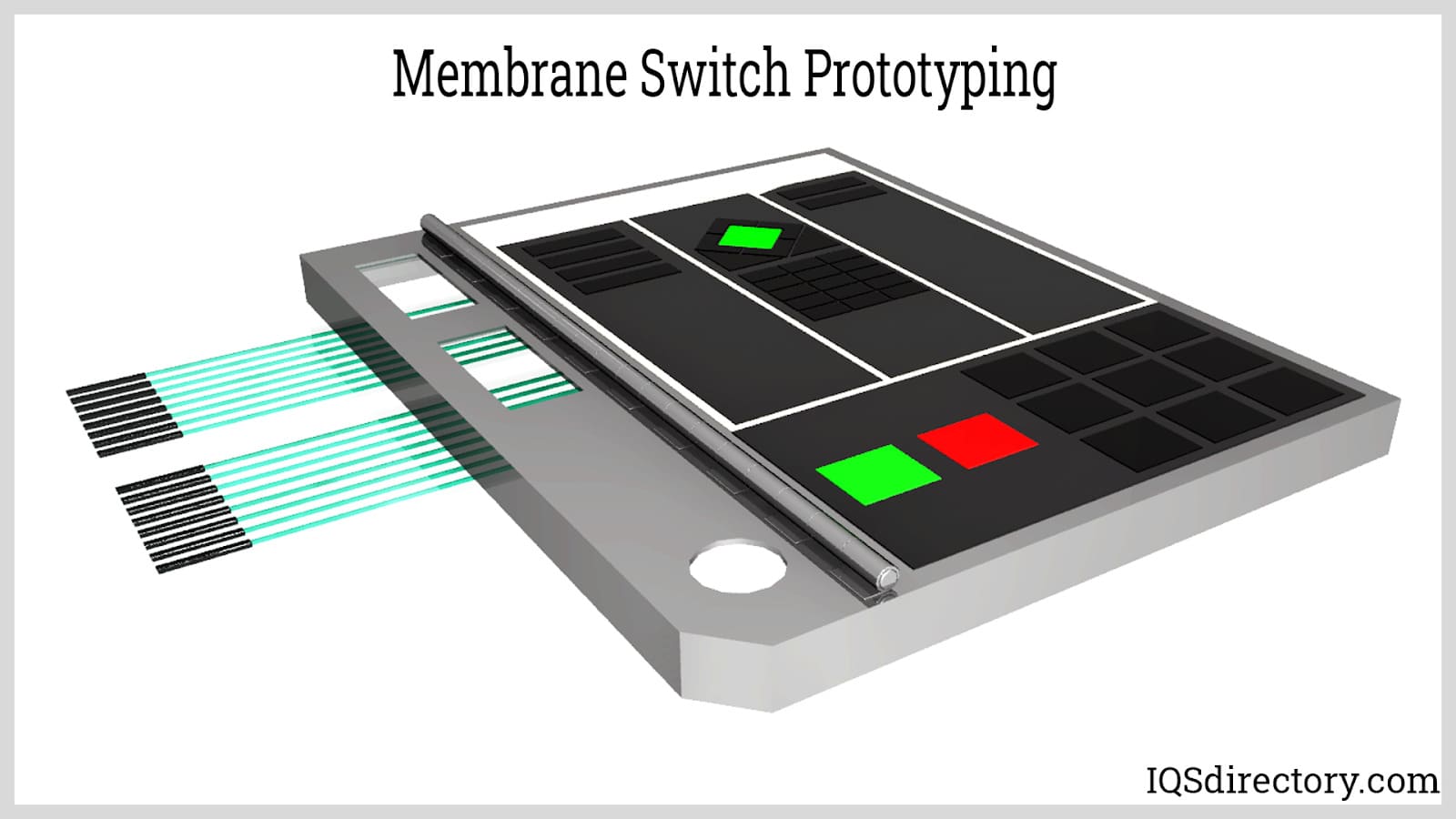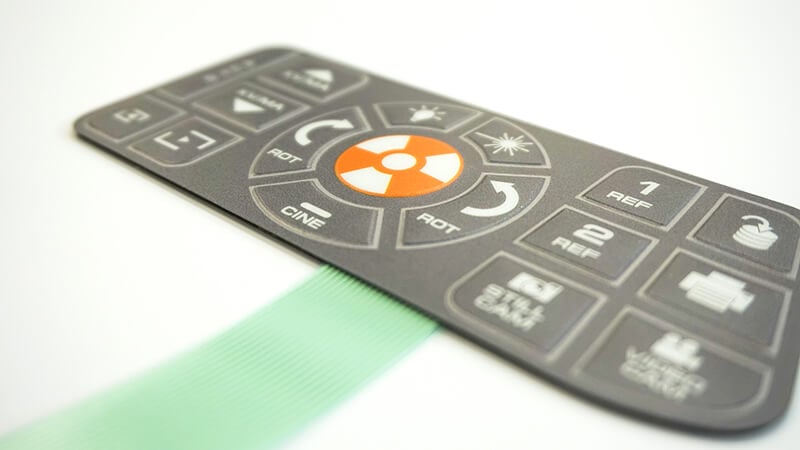Understanding the Performance of Membrane Switches Over for Interface Tools
The functionality of membrane switches over represents a substantial improvement in interface layout, integrating efficiency with aesthetic convenience. These buttons run via a multi-layered framework that converts user interactions into electrical signals, allowing for both compact layouts and resilience against ecological elements. As industries significantly focus on user experience, comprehending the nuances of membrane button innovation comes to be essential. What implications do these innovations hold for future applications, and just how might they redefine customer communications throughout numerous gadgets?
What Are Membrane Layer Buttons?
Membrane switches are ingenious user interface tools that promote customer interaction with electronic equipment. These flexible elements contain numerous layers, including a visuals overlay, spacer, and a published circuit layer. The layout enables a smooth assimilation right into numerous digital tools, enhancing both the aesthetic and practical elements of interface.
Membrane layer switches are typically used in a vast array of applications, from family devices to commercial equipment and clinical tools. Their building and construction typically includes a slim profile, making them a perfect choice for compact layouts. The responsive comments offered by these switches can be crafted to satisfy particular user choices, making certain reliable interaction between the user and the gadget.
Durability is one more significant advantage of membrane layer buttons, as they are resistant to dust, dampness, and chemicals, which improves their life expectancy in demanding settings. Additionally, these buttons can be personalized in terms of form, size, and visuals style, permitting for branding and user-specific features. Generally, membrane switches over represent a practical remedy for improving individual experience in digital gadgets, combining capability with aesthetic allure in an efficient fashion.
Exactly How Membrane Layer Changes Job
Operating on a simple concept, membrane switches over utilize a split building to sign up user input properly. Each switch contains numerous layers, consisting of a printed circuit layer, a spacer layer, and a leading visuals layer, which are developed to function together effortlessly. When a customer presses the leading layer, it presses the spacer layer, bringing the conductive elements of the circuit layer right into call with each other.
This get in touch with develops a shut circuit, indicating the device to implement a particular feature. The layout permits various arrangements, including tactile comments, which can boost the user experience by offering a physical feeling upon activation. The products made use of in membrane layer switches usually include flexible substrates, such as polyester or polycarbonate, which make sure toughness and resilience against wear and tear.

Secret Advantages of Membrane Buttons

An additional considerable advantage is their density. Membrane buttons are thin and light-weight, which allows suppliers to conserve space in their tools without compromising capability. This function is particularly valuable in applications where weight and volume are crucial considerations.
In addition, membrane buttons are resistant to dirt, dampness, and chemicals, boosting their durability. This resilience prolongs their life expectancy and reduces the requirement for constant replacements, leading to expense financial savings in time.
In addition, the tactile comments given by membrane switches can be enhanced to boost user interaction. They can consist of features such as raised buttons or distinct clicks, improving usability and user experience.
Applications Across Industries
Individual interface tools using membrane layer buttons are common in a wide variety of sectors, showcasing their versatility and capability. Membrane Switch. In the clinical field, membrane layer buttons are indispensable to gadgets such as diagnostic equipment and client surveillance systems, where their toughness and simplicity of cleansing are essential for keeping health standards. In the auto sector, these buttons are used in control panel controls and infotainment systems, providing a sleek and contemporary user interface for customers.
In addition, the customer electronic devices market benefits from membrane layer switches in devices and handheld gadgets, where small layout and user-friendly user interfaces boost customer experience. Industrial applications likewise take advantage of click for source membrane changes for control board in equipment and automation systems, highlighting their toughness and resistance to harsh environments.
In the aerospace and protection sectors, membrane buttons are made use of in cockpit controls and equipment, where reliability and performance under severe problems are paramount. click reference In addition, the video gaming industry increasingly includes membrane layer switches in controllers and gallery makers, adding to an engaging customer experience. Generally, the convenience of membrane layer switches allows their extensive use throughout various sectors, emphasizing their importance in modern interface design.
Future Fads in Membrane Layer Switch Modern Technology

In addition, making use of sophisticated products, such as polycarbonate and polyester movies, is expected to rise, supplying boosted toughness and resistance to ecological stressors. These materials add to the general longevity of membrane switches, making them suitable for harsher industrial applications.
In addition, the unification of smart technology, including IoT connectivity, will certainly allow membrane layer buttons to connect with various other tools and systems, facilitating a more interactive user experience. This trend aligns with the growing demand for smart devices across various sectors, from health care to consumer electronics.
Finally, personalization choices are explanation expected to broaden, allowing producers to create bespoke remedies customized to details customer demands and choices. These advancements will position membrane layer buttons as important components in the evolution of interface modern technology.
Verdict
Finally, membrane layer changes represent a crucial innovation in interface technology, offering a reliable and functional option for diverse electronic applications. Their split building and construction promotes small style, while features such as responsive comments boost individual interaction. The durability versus environmental variables additionally solidifies their energy across numerous industries. As improvements in material scientific research and touch sensing modern technologies continue, the capability and applicability of membrane layer buttons are expected to broaden, reinforcing their value in modern digital devices.